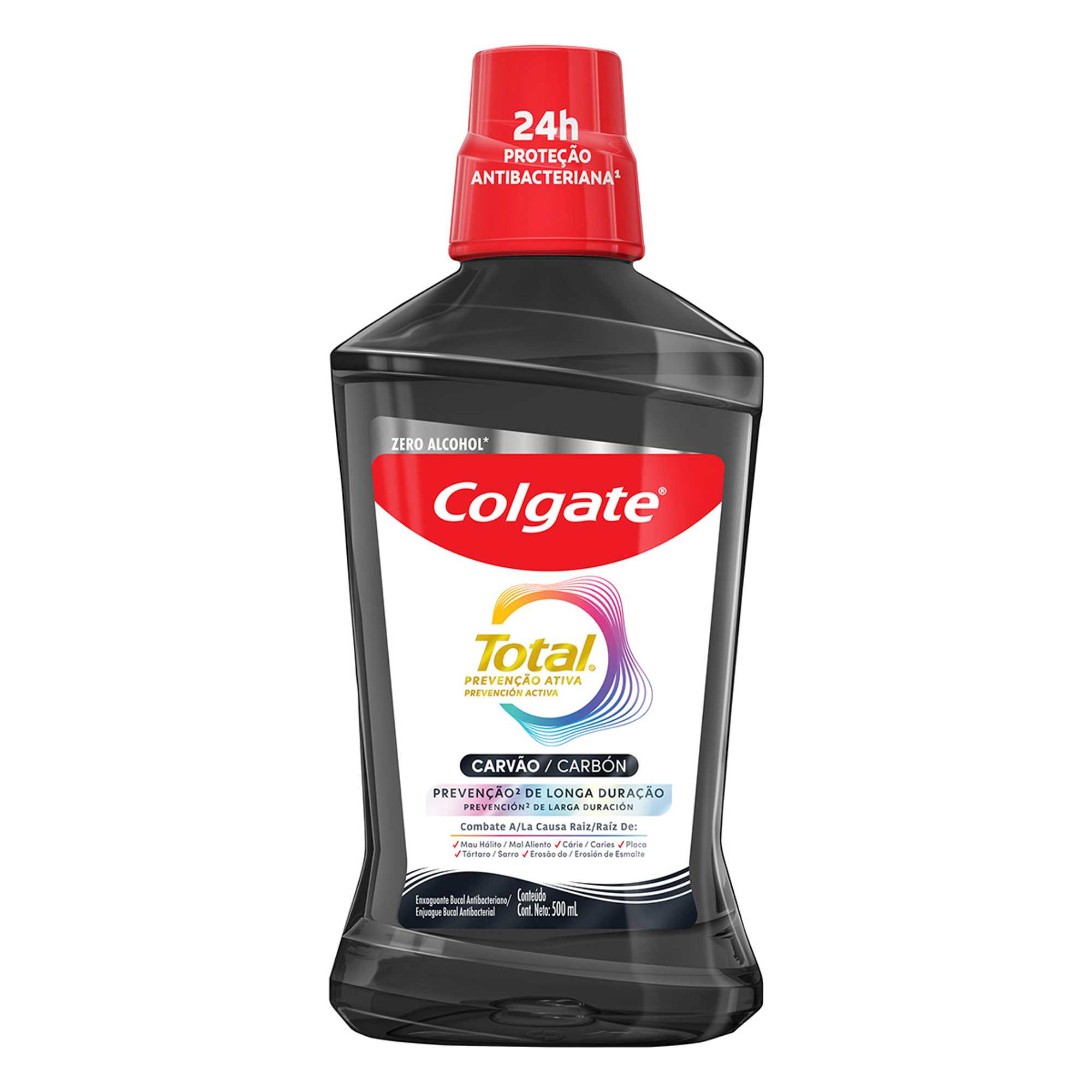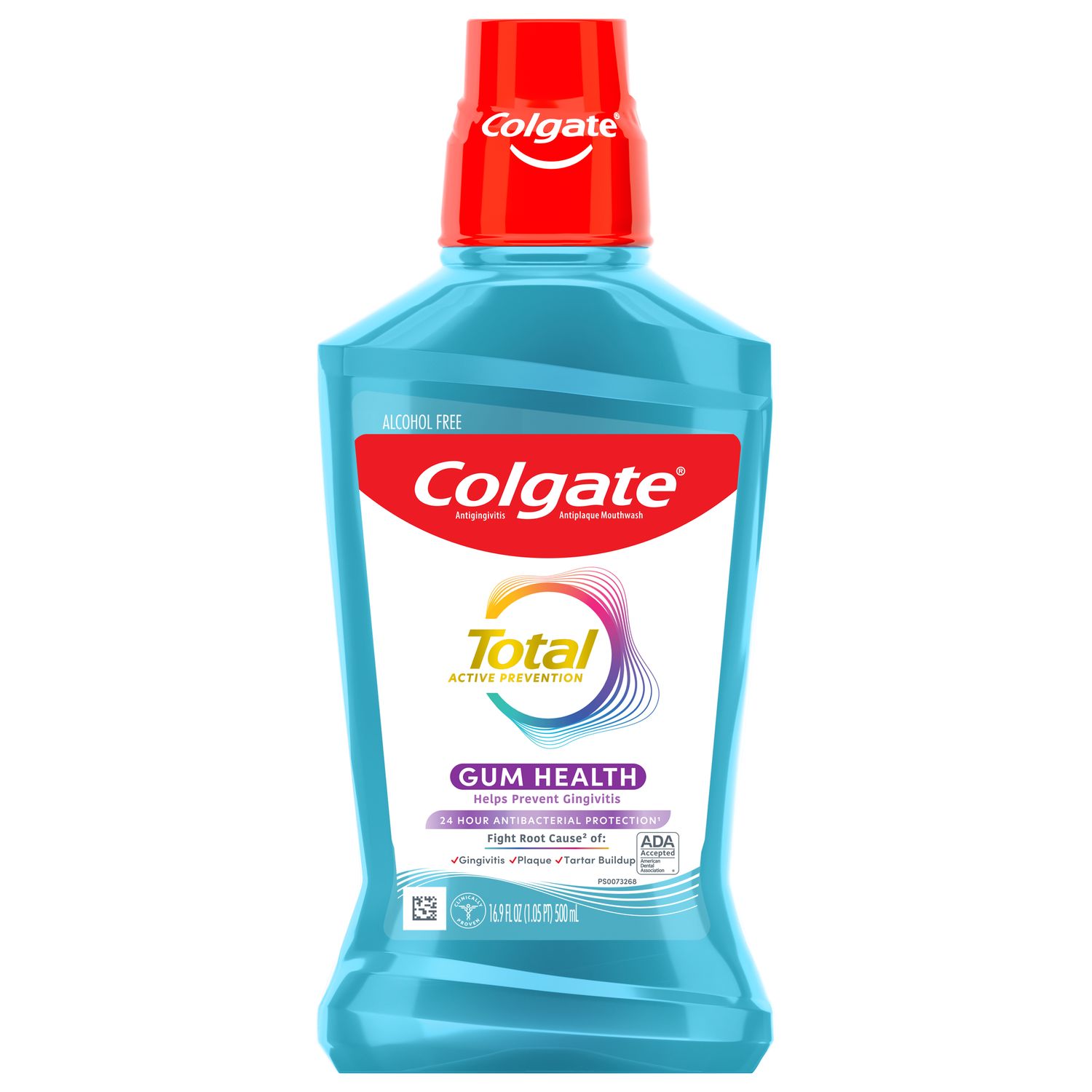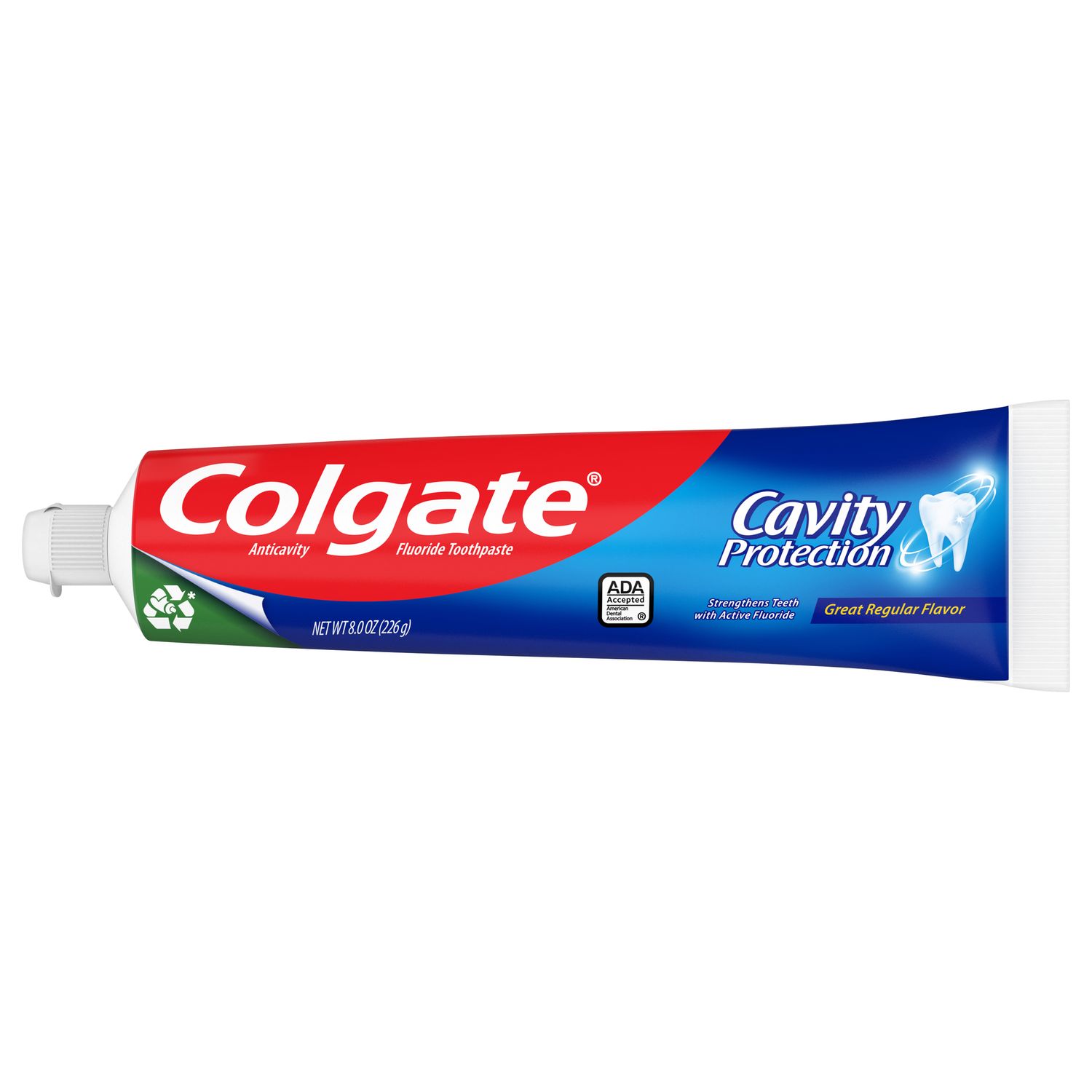What is TMJ Pain?
Pain with your TMJ can hurt your jaw and radiate to your neck, face, and head. Unlike other body joints, like your knees, TMJ pain is hard to treat with anti-inflammatory drugs alone. You may need to alternate ice and heat therapy as well.
What Causes TMJ Pain?
Like any other joint in your body, your TMJ can be fractured. Grinding and clenching your teeth can cause TMJ pain. When you have issues and chronic TMJ pain, chances are you may have TMD.
What is TMD?
Suppose you're having a problem with your jaw, your Jaw joint (TMJ), and facial muscles. In that case, you may have TMD (Temporomandibular Disorder). There are many signs and symptoms of TMD. Here are some of the most common ones:
- Pain in the face, jaw, or ear area
- Headaches (often mimicking migraines), earaches, and pain and pressure behind the eyes
- A clicking or popping sound when opening or closing the mouth
- jaw that "gets stuck," locked or goes out of place
- Tenderness of the jaw muscles
- Swelling of the face
What Causes TMD?
Here are some issues that can cause TMD:
- Osteoarthritis or rheumatoid arthritis inflammation
- Overstress from missing permanent chewing teeth
- Chronic Pain due to bruxing (grinding and clenching teeth in your sleep)
- A history of jaw injury
- Specific progressive middle ear or bone diseases
If you think you have TMD, talk to your dental professional. They will do an assessment examining how your jaw joints move, check your teeth and facial muscles for Tenderness as well as signs of teeth grinding and clenching. They may do further tests, including x-rays.
How To Treat TMJ Pain And TMD
Only your dental professional will be able to diagnose and prescribe a treatment that's right for you. The National Institute of Dental and Craniofacial Research determined that experts recommend the most conservative, reversible treatments possible for TMJ disorders due to insufficient studies on safety and effectiveness. Here are some treatment options that your dental professional may consider:
- Wearing a night guard to reduce grinding and clenching
- Over-the-counter pain-relievers or anti-inflammatory medications
- Relaxation techniques to help control muscle tension in your jaw
- Although rare, surgery is sometimes required to correct TMJ problems
If the traditional methods have failed, these are some more aggressive treatment options to consider:
- Short-term treatment of TMJ discomfort is through the use of reversible splinting options
- Bite splints - these can be worn at night or throughout the day, depending on the condition's severity
- Low-level laser stimulation
- injections to relax the jaw
- Surgical bite reconstruction
Severe jaw pain can interfere with your quality of life. If you're having TMJ issues, and are experiencing problems with grinding your teeth, jaw pain, or some of the others described in this article, talk to your dental professional. The earlier you treat the problem, the quicker you can get back to enjoying life pain-free.
This article is intended to promote understanding of and knowledge about general oral health topics. It is not intended to be a substitute for professional advice, diagnosis or treatment. Always seek the advice of your dentist or other qualified healthcare provider with any questions you may have regarding a medical condition or treatment.
ORAL HEALTH QUIZ
What's behind your smile?
Take our Oral Health assessment to get the most from your oral care routine
ORAL HEALTH QUIZ
What's behind your smile?
Take our Oral Health assessment to get the most from your oral care routine















